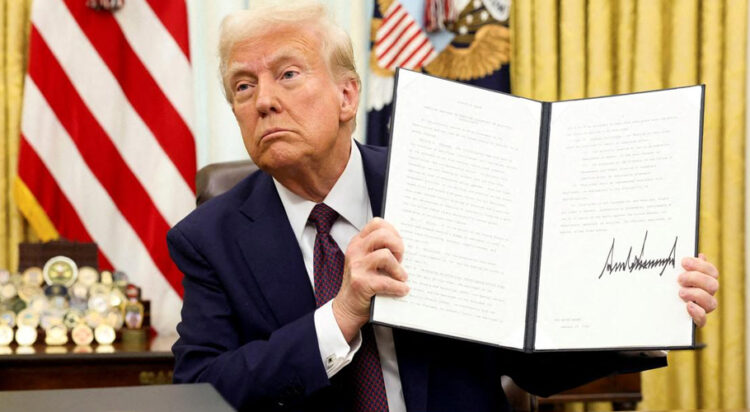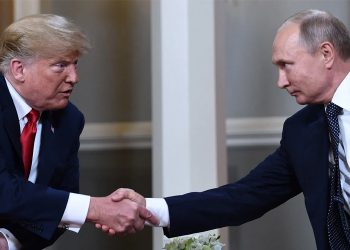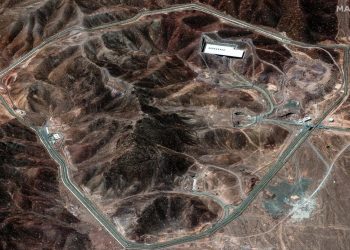President Donald Trump has imposed major tariffs on imports from Mexico, Canada, and China, escalating a trade dispute with long-time North American allies.
In a post on social media, the Republican president emphasized that these tariffs were crucial “to protect Americans,” urging the three nations to take more robust actions to curb the production and exportation of illicit fentanyl, as well as pressuring Canada and Mexico to address illegal immigration into the United States.
Trump declared an economic emergency, imposing a 10% tariff on all imports from China and a 25% tariff on goods from Mexico and Canada. Additionally, energy imports from Canada, including oil, natural gas, and electricity, would be subjected to a 10% duty.
What are Tariffs?
Tariffs are taxes placed on imports, typically calculated as a percentage of the price paid by a buyer to a foreign seller.
By increasing the cost of imported goods, tariffs are designed to protect domestic manufacturers. They can also be used to penalize foreign countries for unfair trade practices, such as subsidizing their exporters or dumping products at artificially low prices.
Economists generally view tariffs with skepticism, as they are often seen as an inefficient method for governments to generate revenue or stimulate economic prosperity.
Who Pays the Tariffs?
While President Trump maintains that foreign countries bear the cost of the tariffs, the reality is that American importers are responsible for paying them, with the funds collected going to the U.S. Treasury. These importers often pass on the increased costs to consumers, resulting in higher prices for goods. As a result, economists argue that consumers typically end up absorbing the financial burden of tariffs.




































